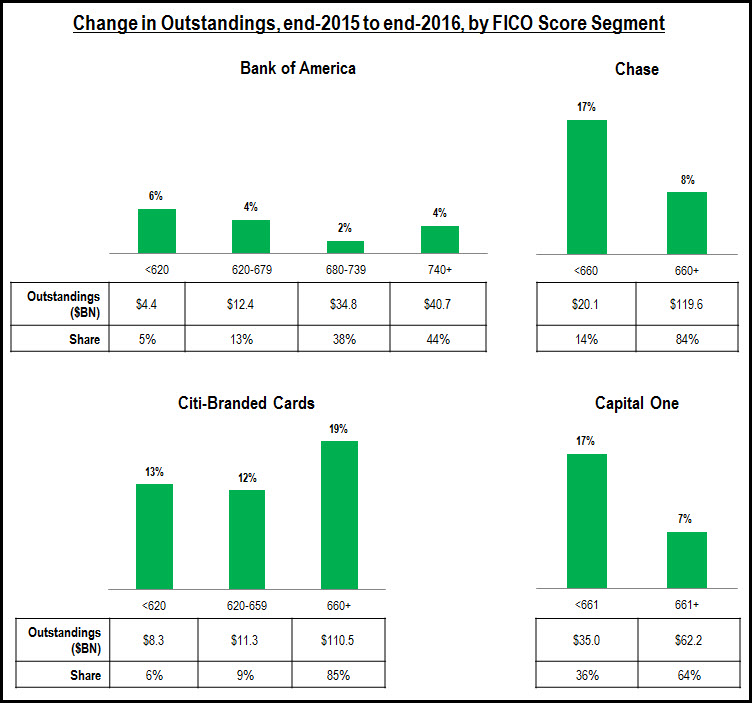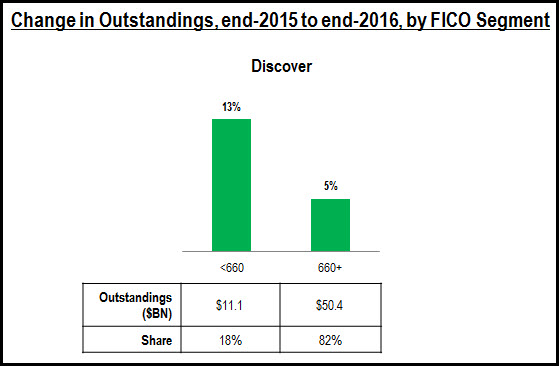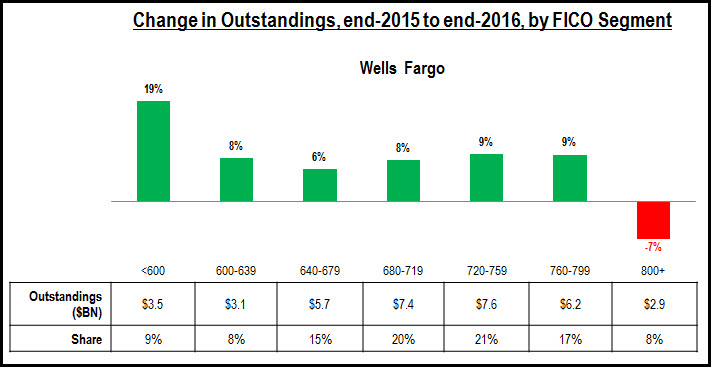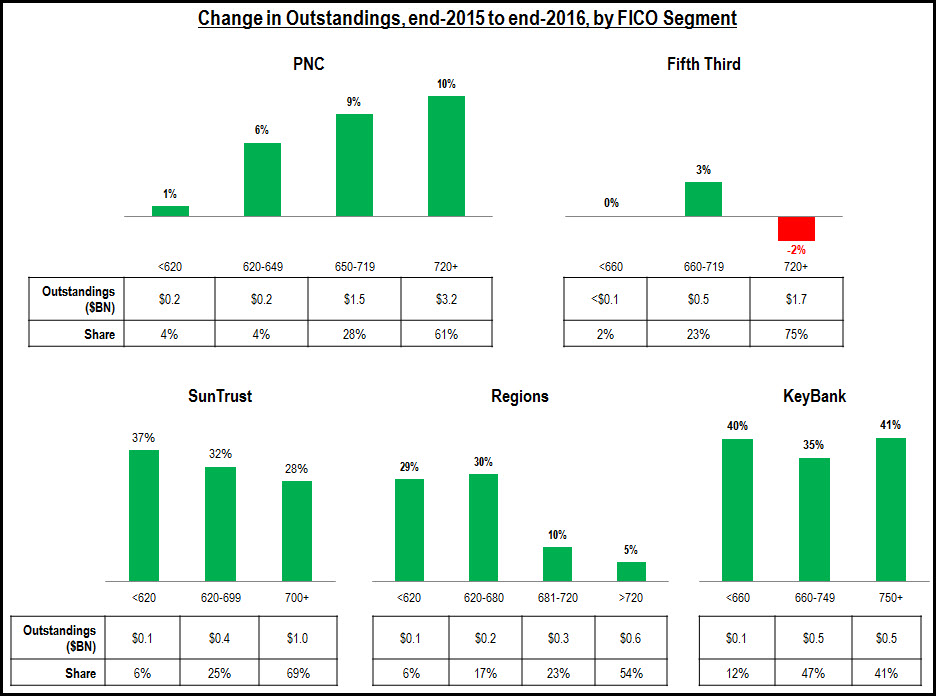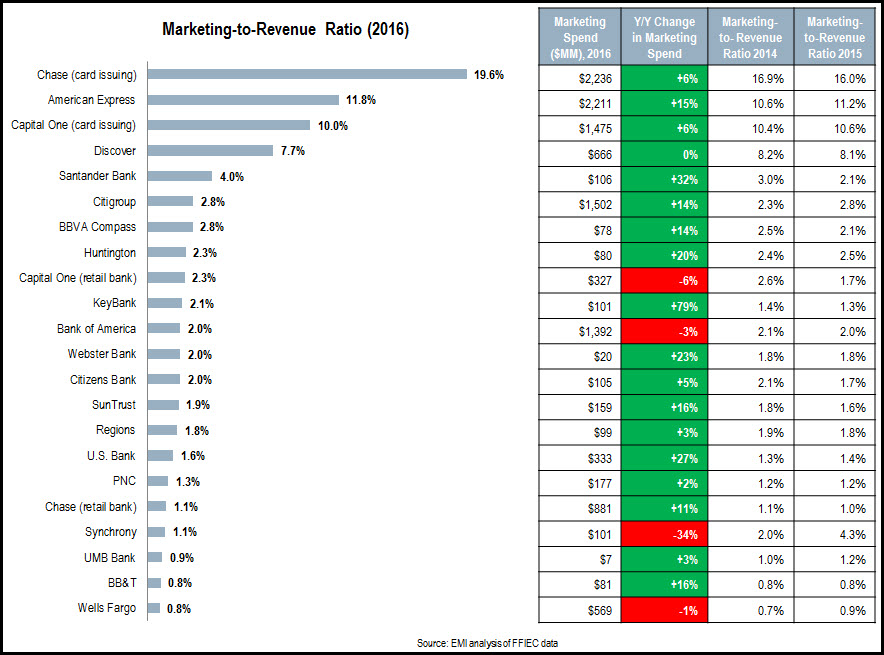In recent weeks, a range of leading national and regional banks have carried out small business surveys, many of which were timed to coincide with 2017 National Small Business Week (April 30-May 6). These include new surveys from Citizens Bank (Small Business Pulse) and Fifth Third Bank.
These surveys are designed to:
- Generate brand awareness among small business owners
- Underline the bank’s commitment to this market
- Position the bank as a thought leader in the small business space
- Promote the bank’s small business solutions
The following are six approaches that banks are using to leverage small business surveys to drive engagement with their small business clients and prospects:
- Establish a branded index. Many banks measure small business optimism via an index. This enables them to both track this metric over time, as well as generate general business press attention. Citizens recently-published survey includes the Citizens Business Pulse Index, which is its measure of the small business climate. Other indexes include the Wells Fargo/Gallup Small Business Index and the Capital One Small Business Growth Index.
- Create a recurring survey. Many of the leading banks now conduct surveys on a quarterly, biannual or annual basis, which enables them to track small business metrics over time. Capital One has been tracking a Small Business Confidence Score consistently since 2008.
- Survey topics of interest. Most surveys focus on small business optimism and outlook. However, surveys also look to differentiate by covering other issues that should be of interest to small businesses. The U.S. Bank Small Business Annual Survey studies small business owners’ personal satisfaction as well as the desired attributes they want from their business bank.
- Use infographics to summarize survey findings. Presenting key findings from the survey (which will typically include a series of statistics) in a visually-appealing format allows readers to quick grasp important points the bank wants to make. Wells Fargo published a lengthy survey report, but it also created a one-page infographic that summarizes key takeaways.
- Version the survey for target markets. Bank of America creates versions of its Business Advantage Small Business Owner Report for 10 target markets (Atlanta; Boston; Chicago; Dallas/Fort Worth; Houston; Los Angeles; New York; Miami; San Francisco; and Washington, D.C.). Similarly, PNC publishes its Spring Economic Outlook Survey findings for 10 regional markets.
- Position the bank (subtly) as a small business solutions provider. Fifth Third’s recent small business survey included findings on funding growth, while also positioning the bank as “committed to the development of small businesses throughout the Bank’s footprint.“
